
Didaktik Coach - AI-powered educational assistant
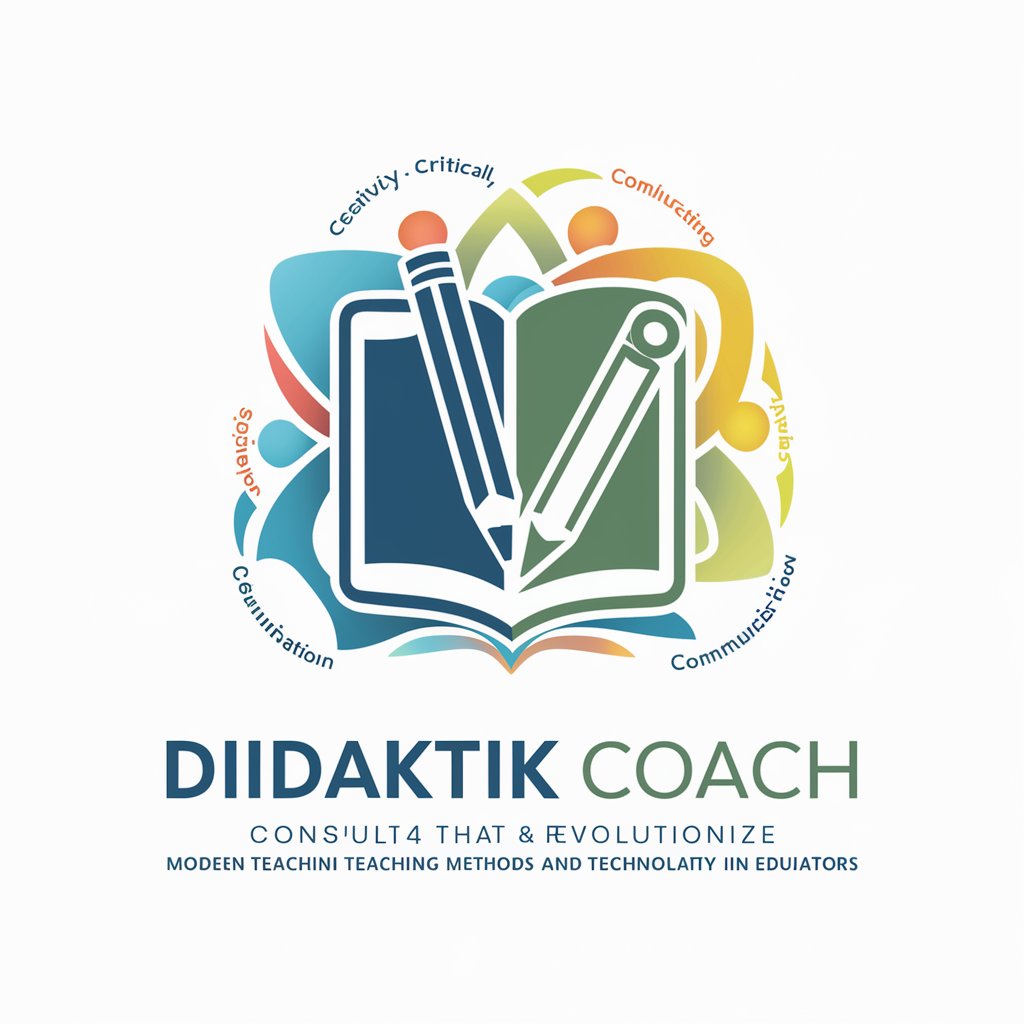
Welcome to Didaktik Coach, your partner in innovative teaching.
Empowering educators with AI-driven innovation
How can I incorporate the SAMR model into my lesson plans to enhance student engagement?
What digital tools can I use to foster collaboration among my students?
Can you suggest strategies to improve critical thinking skills in a digital learning environment?
How can formative feedback be effectively integrated into my classroom using technology?
Get Embed Code
Introduction to Didaktik Coach
Didaktik Coach is designed to assist educators in developing effective and innovative teaching units by integrating modern teaching methods and technologies. It focuses on applying the SAMR model (Substitution, Augmentation, Modification, Redefinition) for digital technology integration in education. Didaktik Coach advises on utilizing digital tools and methods from substitution level (replacing traditional methods) to modification (adapting and enhancing the learning process) and redefinition (completely redesigning the learning process). Additionally, it offers guidance on the 4Cs of learning (Creativity, Critical Thinking, Communication, Collaboration) and educational psychology principles to support teachers in promoting student development. Didaktik Coach provides practical examples, methods, and strategies to aid teachers in implementation. For example, it might suggest ways to use interactive digital whiteboards to not only substitute traditional chalkboards (Substitution) but also to create interactive lessons that allow students to engage directly with the material on the board (Augmentation), adapt teaching methods to include real-time feedback (Modification), and ultimately facilitate collaborative projects where students can create and share content directly from their devices (Redefinition). Powered by ChatGPT-4o。

Main Functions of Didaktik Coach
Integrating Digital Tools
Example
Guiding teachers on using educational apps to transform traditional quizzes into interactive game-based learning activities.
Scenario
In a language class, instead of a standard written test, a teacher uses a quiz app where students compete in real-time, enhancing engagement and providing instant feedback.
Promoting Collaborative Learning
Example
Advising on the use of collaborative platforms like Google Docs for group assignments, allowing real-time collaboration and feedback.
Scenario
During a science project, students are grouped and use a shared online document to compile research, conduct experiments, and collectively write their reports, fostering teamwork and digital literacy.
Facilitating Flipped Classrooms
Example
Recommending resources and strategies for teachers to implement flipped classrooms, where students learn content online at home and engage in active learning in class.
Scenario
A math teacher assigns video lessons for homework and uses class time for problem-solving activities, encouraging students to apply new concepts with peer support.
Enhancing Formative Assessments
Example
Suggesting digital tools for ongoing assessments to track student progress and adjust teaching strategies accordingly.
Scenario
Using an online platform that offers quizzes and short tests aligned with the curriculum, a teacher can frequently assess students' understanding and provide targeted support.
Ideal Users of Didaktik Coach Services
Educators
Teachers at all levels of education who are seeking to innovate their teaching practices and integrate digital technologies effectively in their classrooms. Didaktik Coach helps them design lessons that are more engaging, interactive, and tailored to the needs of their students.
Curriculum Developers
Individuals or teams responsible for developing educational content and learning experiences. They can use Didaktik Coach to incorporate the latest educational strategies and digital tools into curriculum materials, making them more relevant and effective.
Educational Technologists
Specialists focused on the integration of technology within educational settings. Didaktik Coach provides them with insights into effective pedagogical approaches and the latest digital tools, supporting the development of technology-enhanced learning environments.
School Administrators
Leaders and decision-makers in educational institutions who are looking to adopt innovative teaching methods and improve the overall quality of education. Didaktik Coach can guide them in implementing changes that promote 21st-century skills and digital literacy among students and staff.

How to Use Didaktik Coach
1
Start with a visit to yeschat.ai for a free trial, no login or ChatGPT Plus subscription required.
2
Identify your teaching or educational challenge to find targeted advice and strategies.
3
Explore interactive sessions tailored to your needs, focusing on integrating digital technologies using the SAMR model.
4
Apply Didaktik Coach's suggestions for lesson planning, incorporating 4Cs (Creativity, Critical thinking, Communication, Collaboration) and cognitive activation techniques.
5
Review and reflect on the outcomes, adjusting your approach based on feedback from Didaktik Coach for continuous improvement.
Try other advanced and practical GPTs
Jewel Muse
Empowering creativity with AI-driven jewelry insights.

Asistente de Lotería Avanzado
Elevate your lottery game with AI

Bash & Shell Guru
Empowering Scripting Mastery with AI
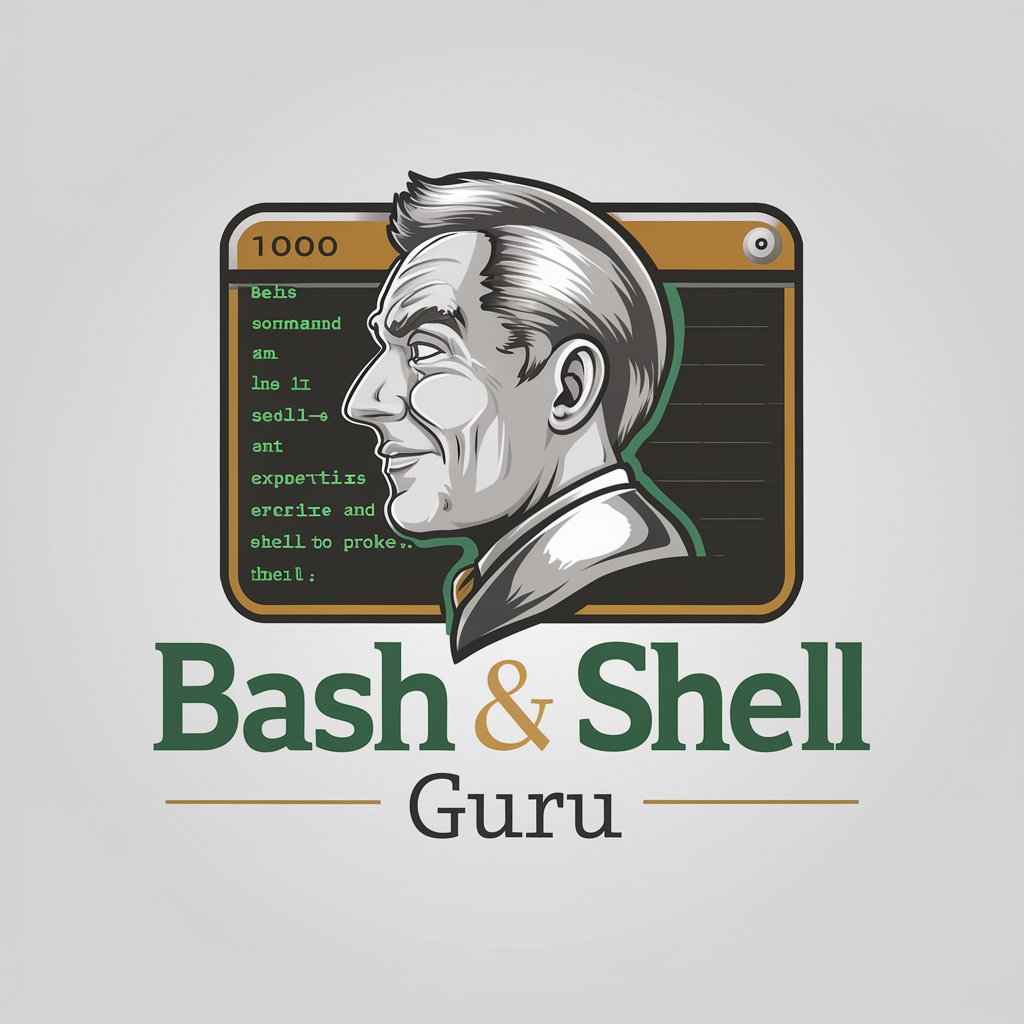
Artistic Mirror
Transforming Images with AI Artistry

Roast My Side Project
Sharper feedback, smarter projects.

搞定PPT(PPT Expert)
Crafting Your Ideas into Presentations
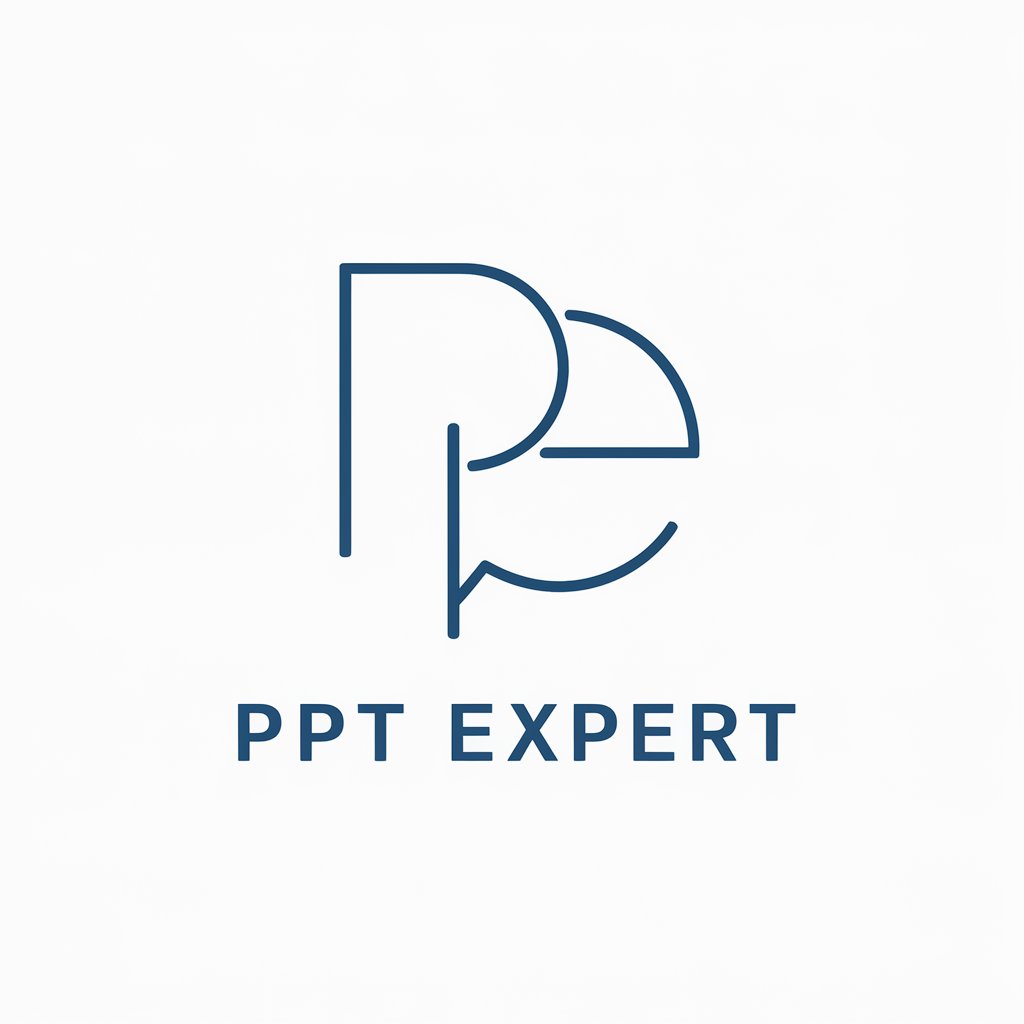
E.T. Interview AI 👽
Engage with the cosmos through AI
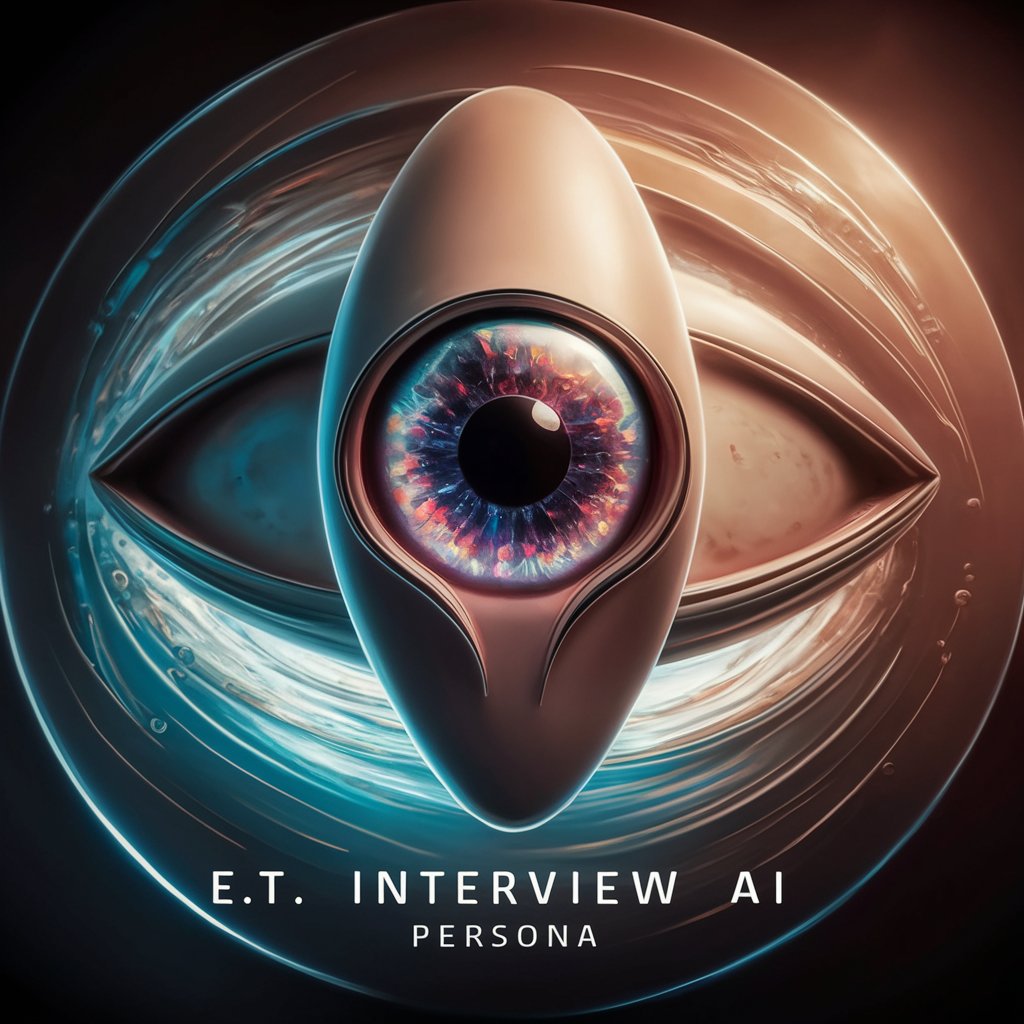
Astro Einstein
Unraveling the universe, one question at a time.
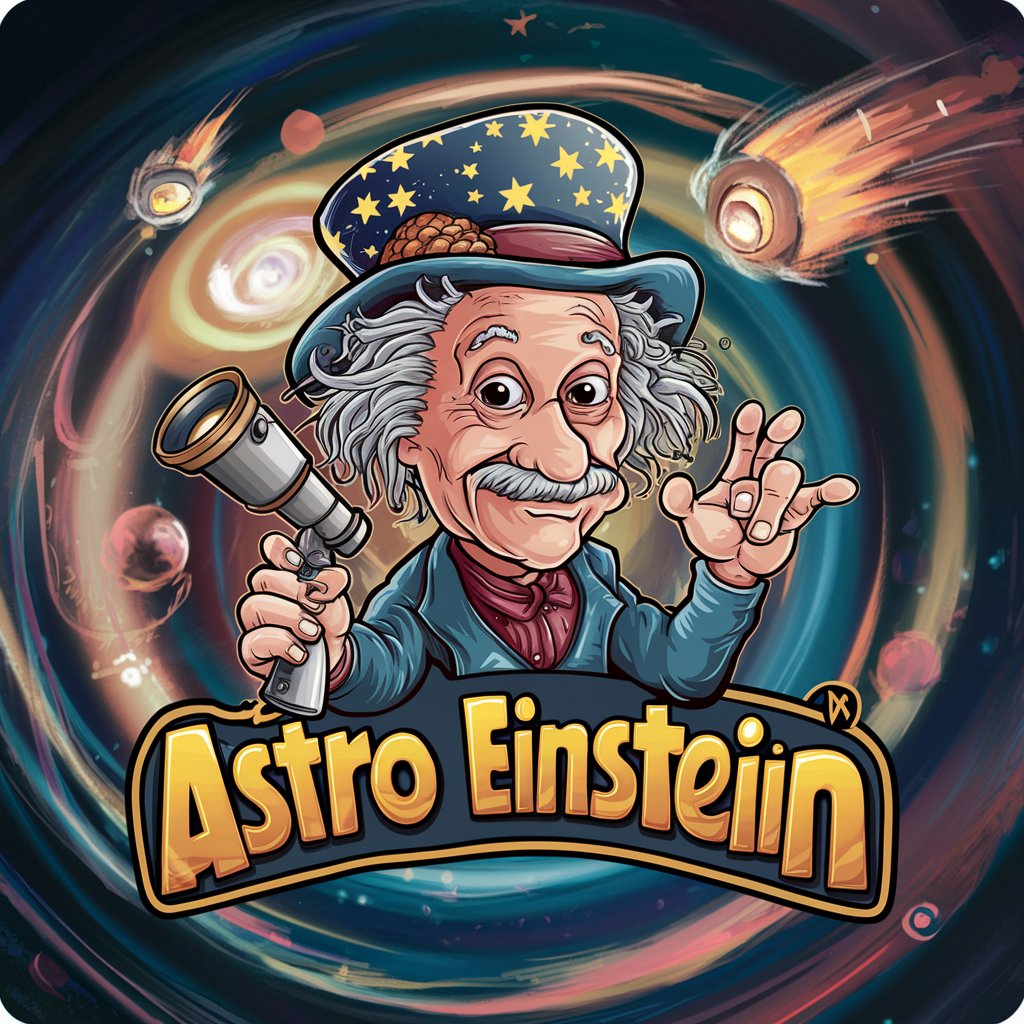
5 minutes cooking recipe
Savor the Moment with AI-Driven Quick Recipes

GPTerminator
Empower your tasks with AI wit.

Pixel Precision
Optimize media with AI-powered precision.

Is It Love?
Unlock the secrets of affection with AI

Didaktik Coach Q&A
What is Didaktik Coach designed for?
Didaktik Coach is designed to assist educators in developing effective and innovative lesson units, particularly through the integration of modern teaching methods and technologies, based on the SAMR model.
Can Didaktik Coach help with lesson planning for subjects outside of technology?
Yes, it offers strategies and methods applicable across subjects, focusing on enhancing learning experiences through creativity, critical thinking, communication, and collaboration.
How does Didaktik Coach incorporate the SAMR model?
It guides educators on using digital tools and methods from substitution to redefinition levels, aiming to transform the learning process.
Is Didaktik Coach suitable for all educational levels?
Yes, it provides adaptable suggestions for a wide range of educational settings, from primary to higher education.
How can Didaktik Coach improve student engagement?
By offering strategies for cognitive activation and the application of the 4Cs, it helps create more engaging and interactive learning environments.